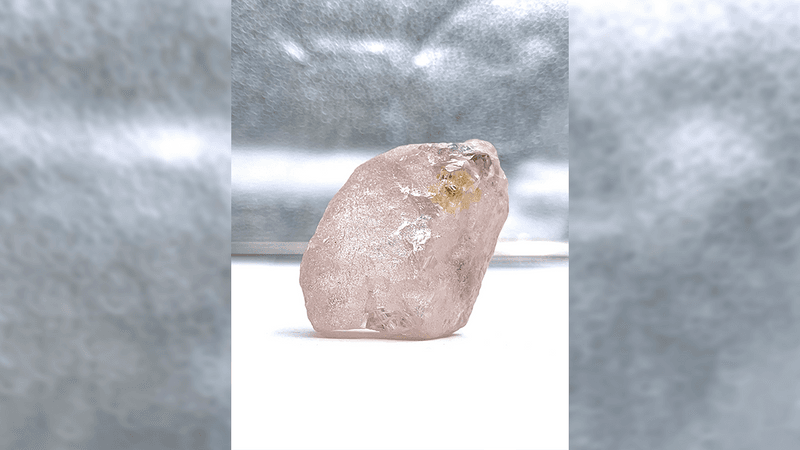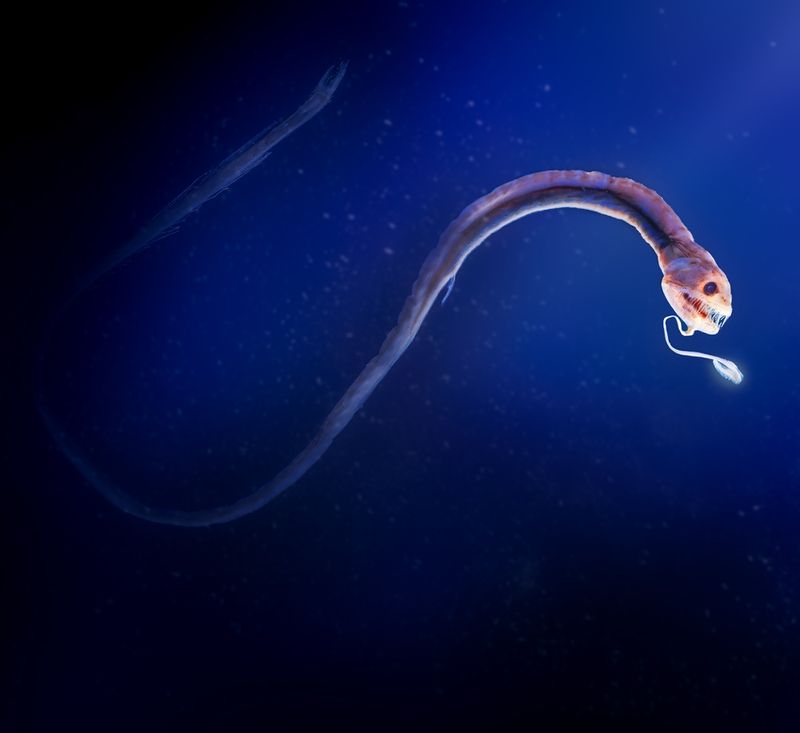One of the largest raw pink diamonds ever discovered was retrieved by miners in Angola in 2022. Named the “Lulo Rose”, it clocked an impressive 170 carats and could be about to become the most expensive diamond in history. Its enormous weight is one factor, but so too is its rare pink color, which got us wondering: why are some diamonds pink?
Colored diamonds are rare, representing about 0.01 percent – one in 10,000 – of diamonds mined across the planet. Pink is equally rare, as are blue, green, violet, orange, and red, while yellow and brown are a bit more common.
Curiously, while the rarity of colored diamonds up their price tag, the aesthetic hues are the result of imperfections – something we humans typically devalue. The reason why we dig up more clear diamonds is because, in a one-ingredient rock like diamonds, it’s more common to end up with a chemically pure one.
The exact mechanism behind pink diamonds isn’t known for certain, but they’re thought to be the result of distortion, which is one of the three main ways in which a diamond can wind up with imperfections (the other two being impurities and damage). Distortion occurs when the lattice structure of a diamond gets twisted and bent, altering the way light is reflected so that it doesn’t appear white.
That distortion has to be just right to be pink, as a little more and it turns to brown. A diamond’s color is always the result of the precise conditions under which it was forged, which is why those with imperfections never look the same. So, not all pink diamonds are the same shade of pink, nor are all the green ones equally green.
.jpg)
It makes sense that around 80 to 90 percent of the pink diamonds found by humans were discovered in the same mine, however, as they were forged in an area that shares the same geological history. That mine was the Argyle in Western Australia, which is now closed, but was the site of a continental collision around 1.8 billion years ago.
The collision provided plenty of pressure, meanwhile, their position near the base of the lithosphere provided plenty of heat, coming together to create just enough distortion for a range of diamonds spanning from light pink to red, brown, orange, and purple. Among them were many pink diamonds, but none so big as the Lulo Rose.
Prior to its discovery, the biggest and most expensive pink rock was the Pink Star that sold at a Hong Kong auction for a spine-shivering $71.2 million in 2017, making it the most expensive diamond ever sold. It originally weighed 132.5 carats, but was shaved down to 59.6, making many wonder if the 170-carat Lulo Rose could one day take the crown as the most expensive diamond in history if it goes to auction.
Wallets at the ready, folks.
[H/T: The Conversation]




